With the determination to develop the economy , Mr. Lung Duc Hieu's family (Nham Ooc village, Nam Lu commune, Muong Khuong district) converted the ineffective rice growing area to lotus growing, bringing high efficiency.
On a hot summer day at the end of May, we had the opportunity to visit the lotus pond of more than 1 hectare in Nam Ooc village, Nam Lu commune of Mr. Lung Duc Hieu's family. Showing us around the lotus pond, Mr. Hieu said: The decision to abandon rice fields to grow lotus has changed my family's life. Everyone here grows rice, so when I brought lotus to grow, many people were worried about the level of success. When the lotus took root, the flowers bloomed fragrantly and brought in high income, everyone was happy.

According to Mr. Hieu, his family's rice fields used to grow rice, but because the fields were low, the yield was not high, and there were crop failures. In early 2022, after discussing with his wife, he decided to invest more than 100 million VND to convert from rice cultivation to lotus cultivation. After researching, he realized that Quan Am lotus is a type of lotus with large, beautiful flowers, many petals, attractive fragrance and long-lasting, while Juwaba lotus has double-petaled pink color, the petals spread out in layers surrounding the yellow pistil, creating a graceful, gentle beauty. In particular, both lotus varieties are easy to grow and have high economic value, so his family decided to invest in growing these two lotus varieties.
After the Lunar New Year, Mr. Hieu and his wife started to improve the land, buy seeds and necessary materials to grow lotus. However, the conversion did not go as they expected. At first, despite much care, the plants grew slowly, with a mortality rate of more than 60%. Not discouraged, he researched and learned how to care for, prevent and control pests and diseases for lotus plants. After understanding the characteristics and knowing how to care for them properly, the lotus began to bloom.

Quan Am lotus and Jubawa lotus are harvested from March to October of the lunar calendar. The good and outstanding point of growing these lotus varieties is harvesting the flowers every day. For the plants to grow well and produce many flowers, Mr. Hieu often adds organic fertilizer to the plants once a month. During the harvest season, regardless of rain or shine, every early morning he and his wife are at the lake to pick the flowers. According to Mr. Hieu, growing lotus flowers yields daily harvests. In addition, growing lotus requires an initial investment for planting, then only care and harvesting are required.

However, when he first started growing flowers, not many people knew about them locally, so Mr. Hieu and his wife mainly brought them to the market to sell. Seeing that there were few customers, he looked for a new way to sell. With his understanding of social networks, he realized that this was an easy place to promote the product to many people, so he and his wife took photos and videos and posted them on Facebook and TikTok. The results came immediately. From social media accounts, customers contacted to order flowers a lot, and there were times when the amount of flowers was not enough to meet the demand.

At first, I only sold about 60 - 70 flowers per day, the most was only 100 flowers. After posting on social networks, the number of customers contacting to order lotus flowers increased significantly, on average I sold 200 flowers per day. On holidays, full moon and new moon days, my family sold about 500 flowers per day, with the selling price ranging from 5,000 - 5,500 VND/flower.
Thanks to good communication on social networks, Mr. Hieu has now had a fairly wide consumer market. Also thanks to social networks, many people have known and found Mr. Hieu's family lotus pond. Not only growing lotus for flowers, Mr. Hieu also invested in creating landscapes to serve tourists who come to check-in at the lotus pond.

With diligence and perseverance, Mr. Lung Duc Hieu and his wife have brought lotus to Nam Lu commune, bringing high economic efficiency, beautifying the landscape and environment, contributing to the local socio-economic development.
Source



![[Photo] President Luong Cuong receives Speaker of the Korean National Assembly Woo Won Shik](/_next/image?url=https%3A%2F%2Fvphoto.vietnam.vn%2Fthumb%2F1200x675%2Fvietnam%2Fresource%2FIMAGE%2F2025%2F11%2F21%2F1763720046458_ndo_br_1-jpg.webp&w=3840&q=75)
![[Photo] General Secretary To Lam receives President of the Senate of the Czech Republic Milos Vystrcil](/_next/image?url=https%3A%2F%2Fvphoto.vietnam.vn%2Fthumb%2F1200x675%2Fvietnam%2Fresource%2FIMAGE%2F2025%2F11%2F21%2F1763723946294_ndo_br_1-8401-jpg.webp&w=3840&q=75)
![[Photo] Visit Hung Yen to admire the "wooden masterpiece" pagoda in the heart of the Northern Delta](/_next/image?url=https%3A%2F%2Fvphoto.vietnam.vn%2Fthumb%2F1200x675%2Fvietnam%2Fresource%2FIMAGE%2F2025%2F11%2F21%2F1763716446000_a1-bnd-8471-1769-jpg.webp&w=3840&q=75)

![[Photo] National Assembly Chairman Tran Thanh Man holds talks with President of the Senate of the Czech Republic Milos Vystrcil](/_next/image?url=https%3A%2F%2Fvphoto.vietnam.vn%2Fthumb%2F1200x675%2Fvietnam%2Fresource%2FIMAGE%2F2025%2F11%2F21%2F1763715853195_ndo_br_bnd-6440-jpg.webp&w=3840&q=75)




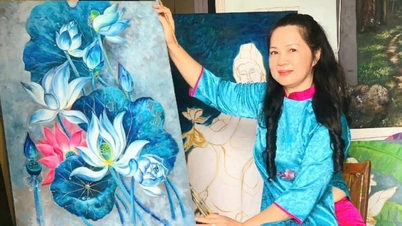

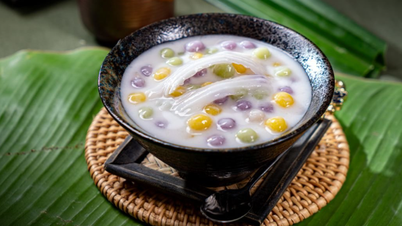





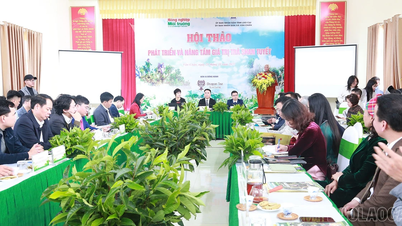

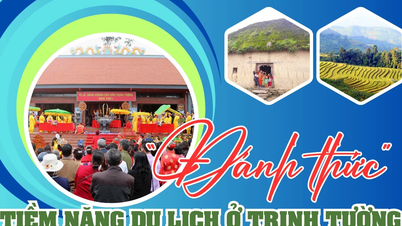

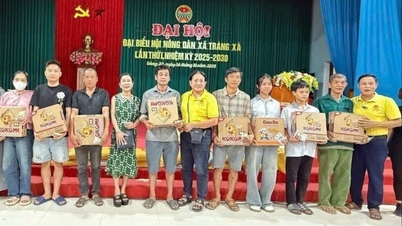
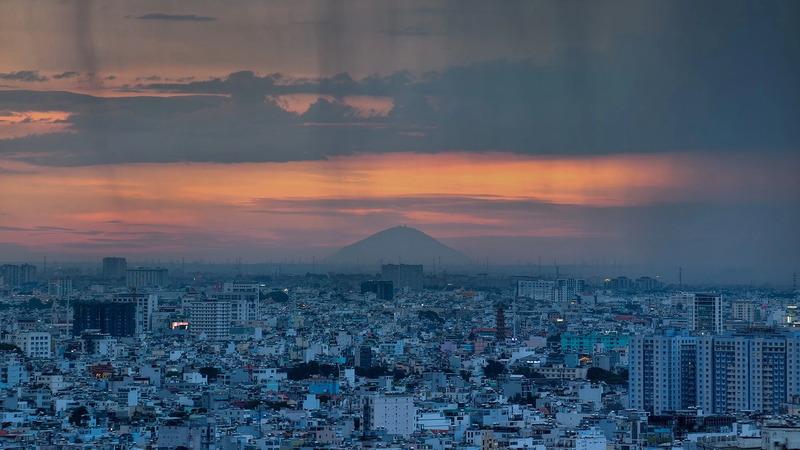


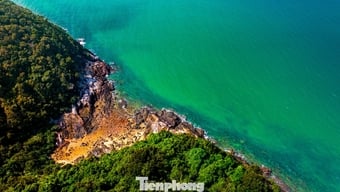
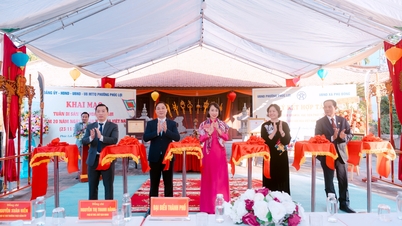
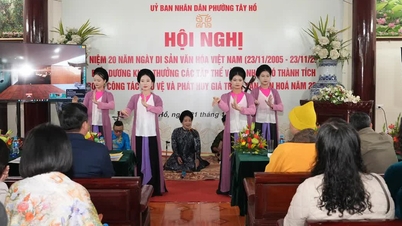
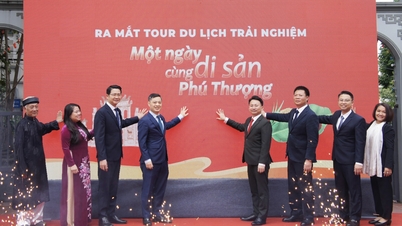

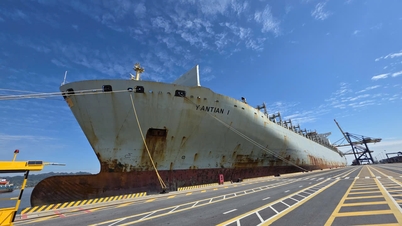
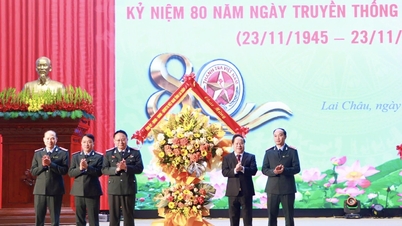







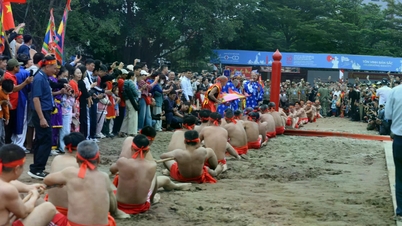

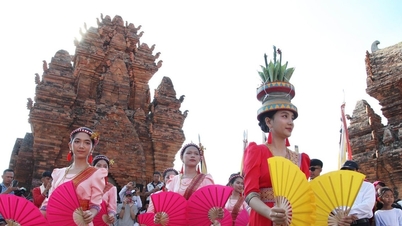

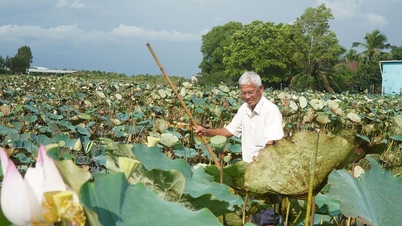

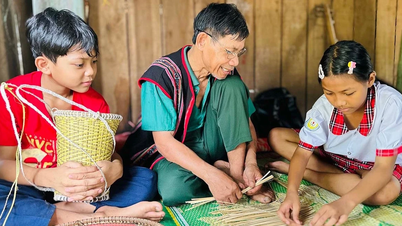

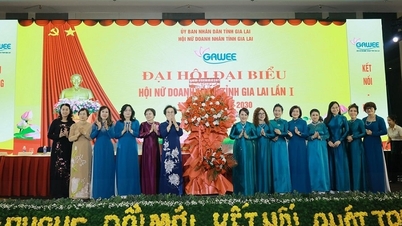

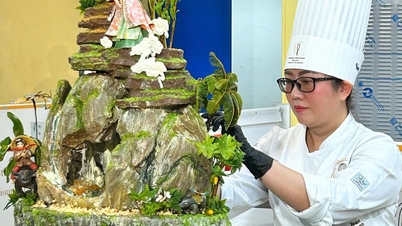


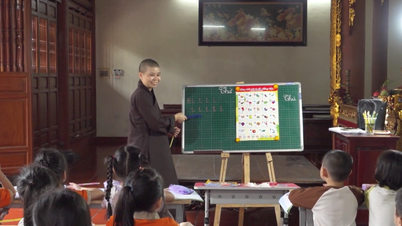


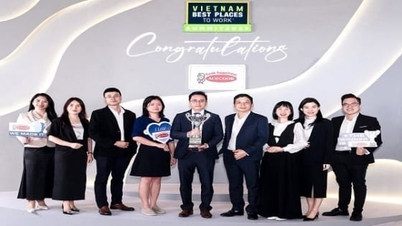


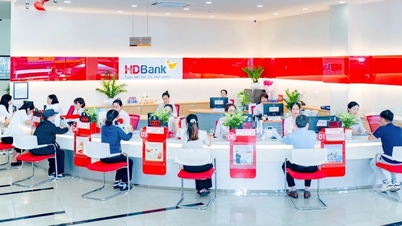

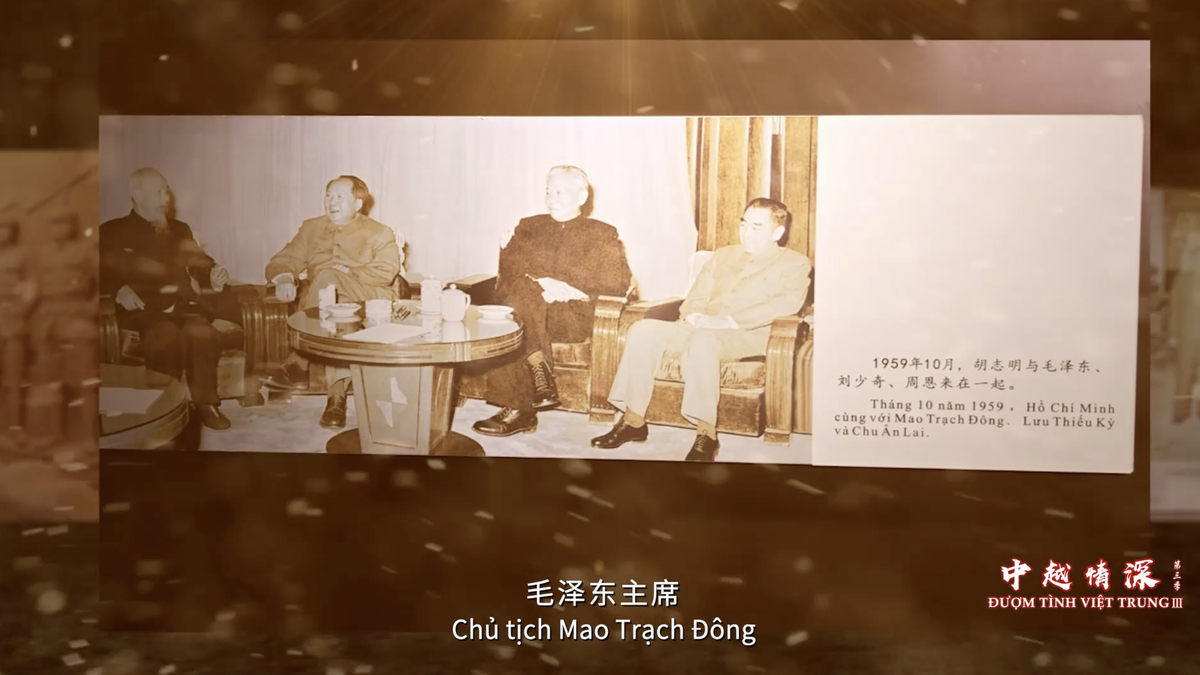
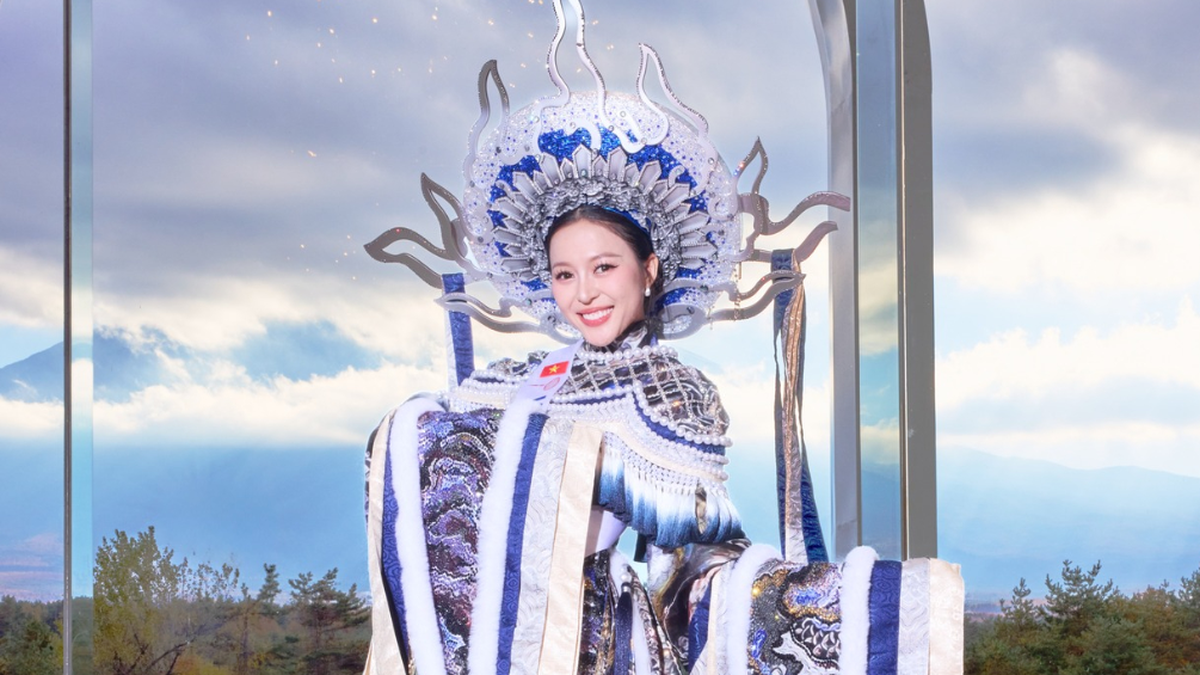
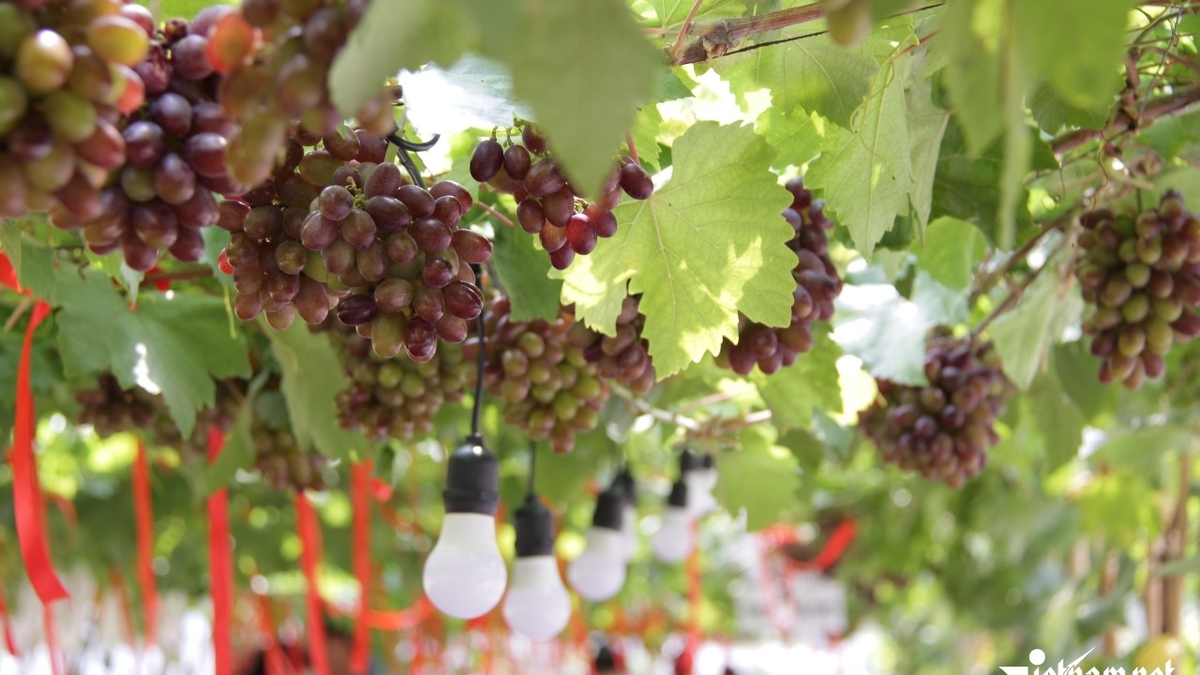
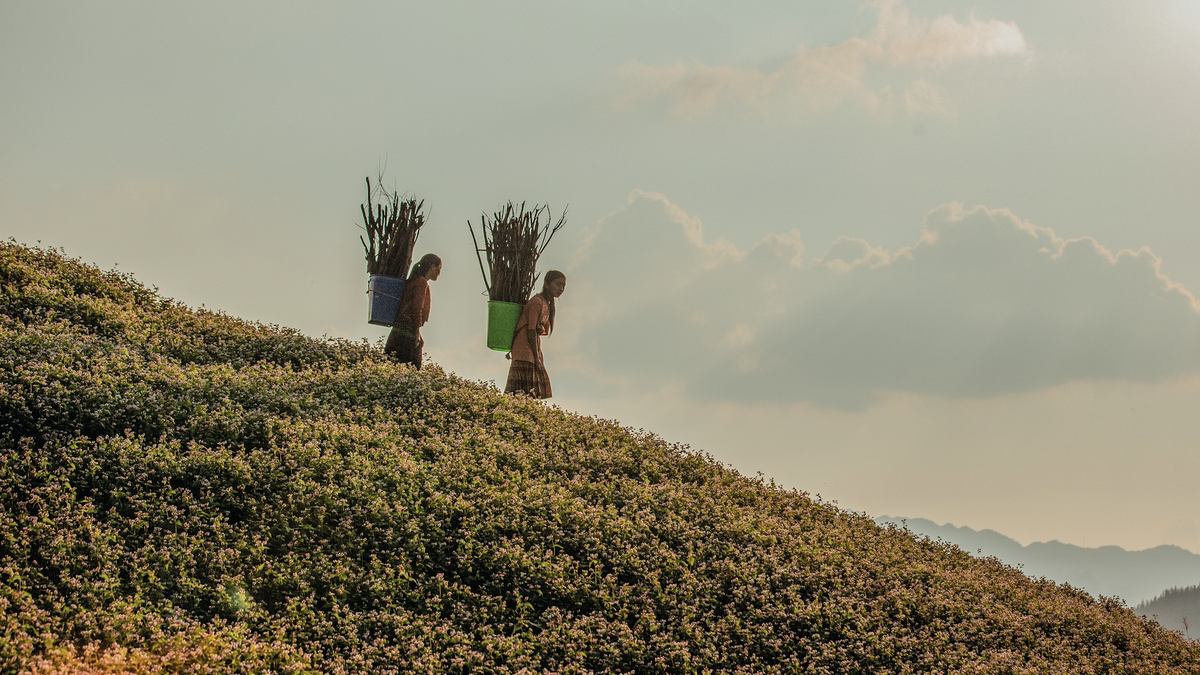

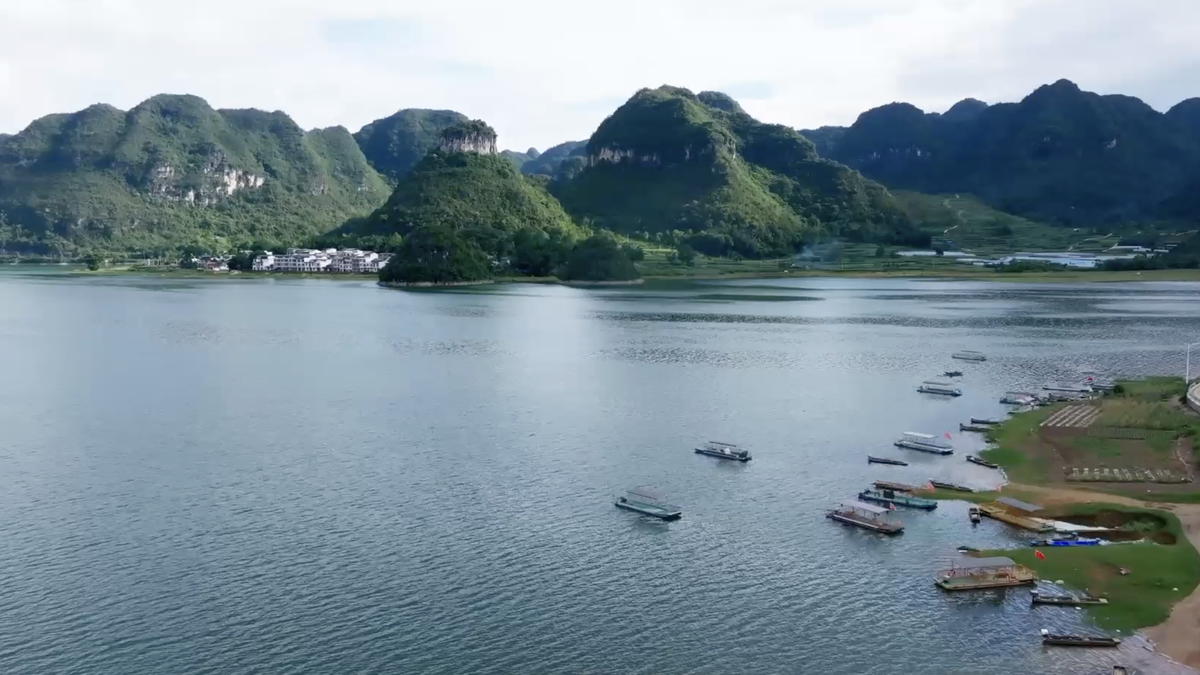







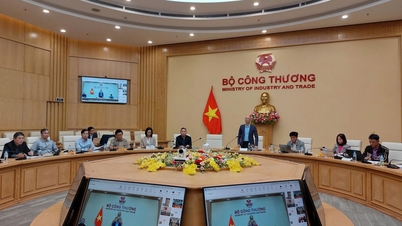






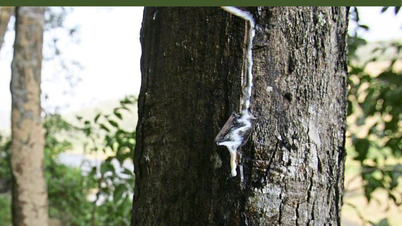






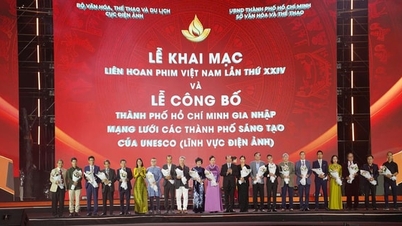




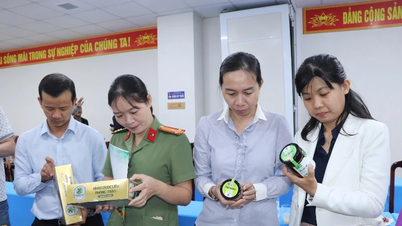

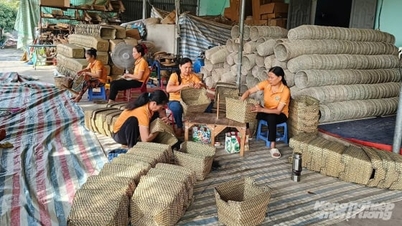

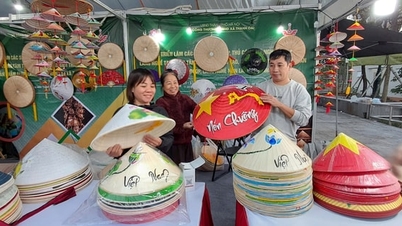
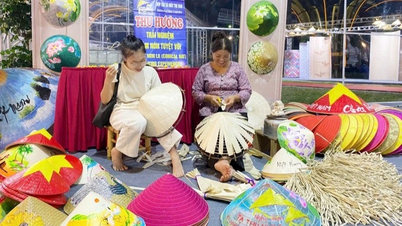
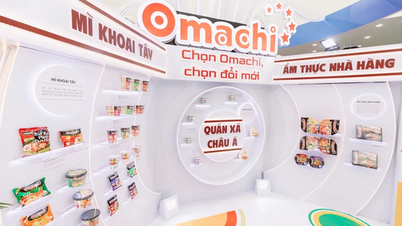







Comment (0)